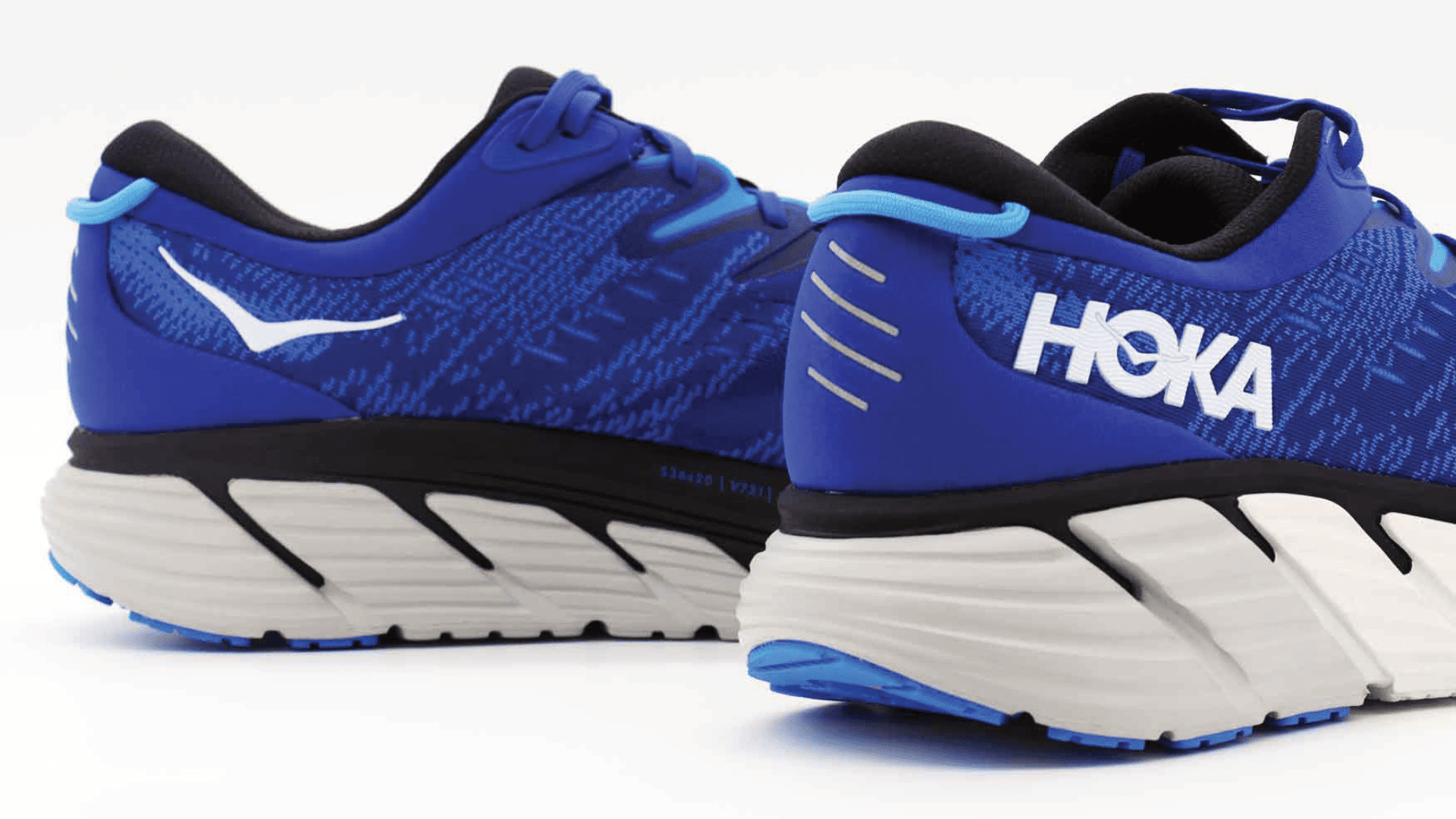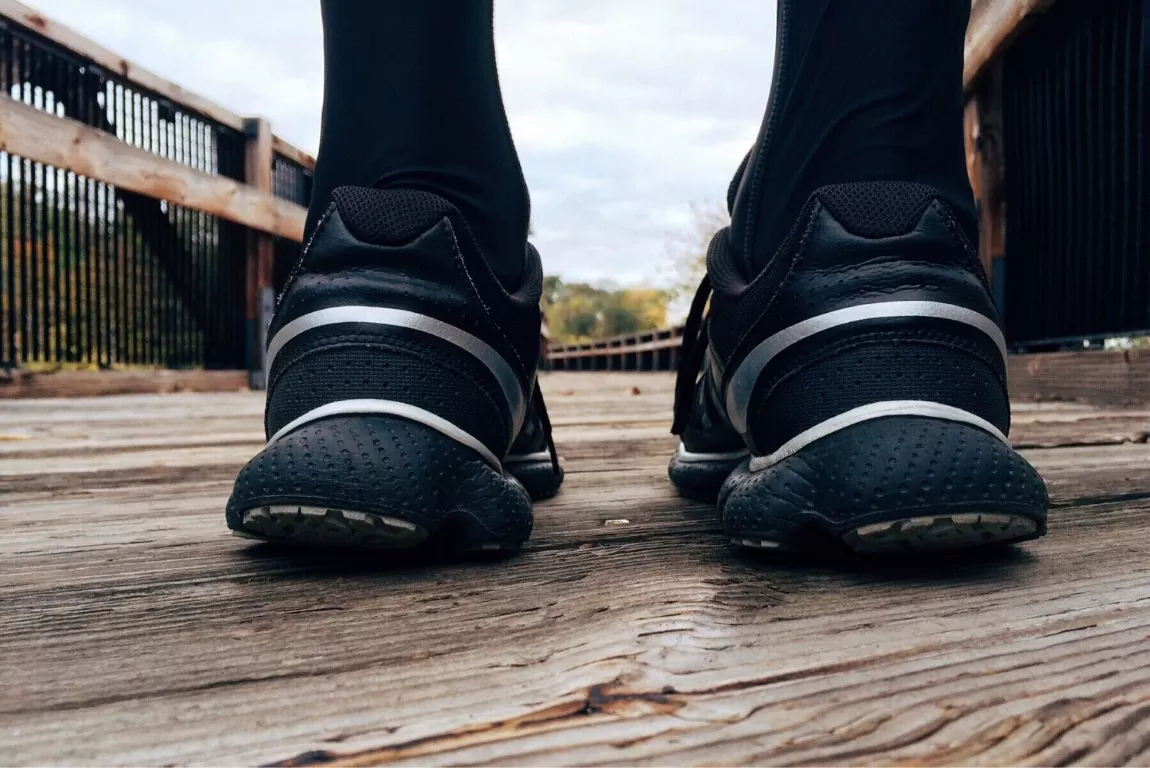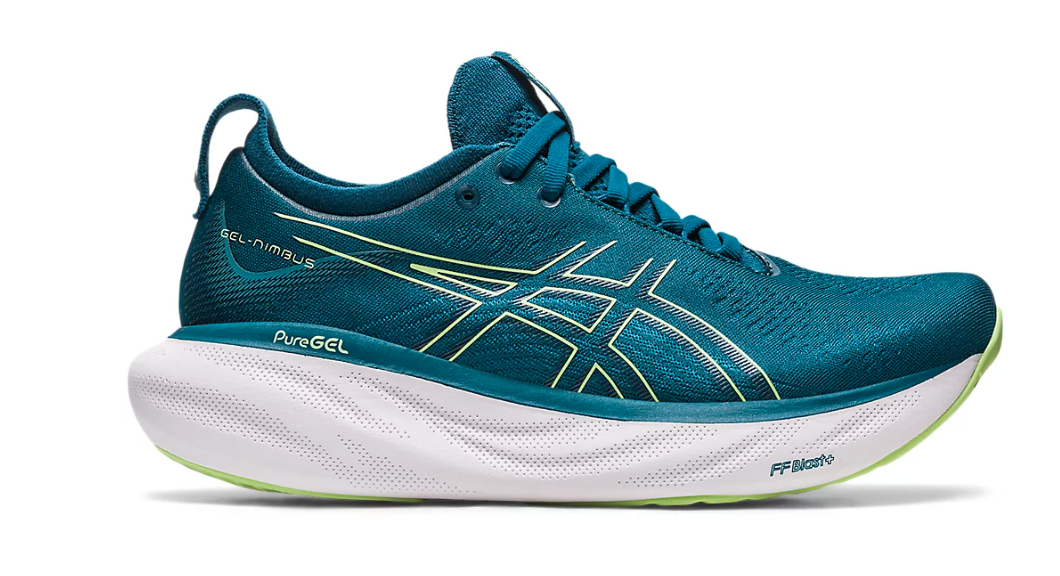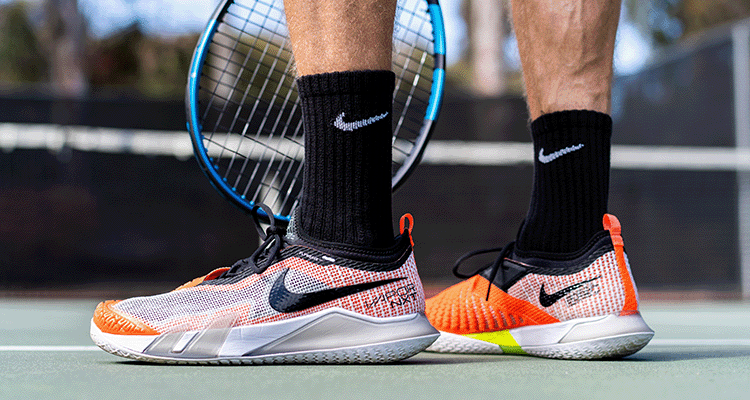Achilles tendonitis is a common ailment among athletes, particularly tennis players, who put significant strain on their heels and arches. Choosing the right tennis shoes can play a crucial role in managing this painful condition. In this guide, we’ll explore the best tennis shoes for Achilles tendonitis, offer real-world experiences, provide case studies, and share tips to help you make an informed decision.
Understanding Achilles Tendonitis
Achilles tendonitis occurs when the Achilles tendon, which connects the calf muscles to the heel bone, becomes inflamed due to overuse or strain. This condition can lead to pain, stiffness, and limited mobility. Factors contributing to Achilles tendonitis include:
- Improper footwear
- Inadequate warm-up and stretching
- Sudden increases in physical activity
- Poor biomechanics
For those who play tennis regularly, the right footwear can help alleviate some of the discomfort associated with Achilles tendonitis. Proper shoes not only provide the necessary support and cushioning but also help in maintaining proper form and reducing the chances of further injury.

Key Features to Look for in Tennis Shoes for Achilles Tendonitis
Cushioning and Support
When choosing tennis shoes, look for models with ample cushioning to absorb impact and reduce stress on the Achilles tendon. Shoes with features like EVA foam or specialized gel cushioning technology can be beneficial.

Heel Height and Design
A slightly elevated heel can help relieve tension on the Achilles tendon. Look for shoes with a heel-to-toe drop that allows for a natural foot position while still offering adequate support.
Arch Support
Proper arch support is vital in distributing pressure evenly across the foot, which can help reduce strain on the Achilles tendon. Shoes with removable insoles may allow you to customize arch support based on your needs.

Flexibility and Stability
A flexible shoe that still provides enough stability can help prevent excess movement and strain during play. Look for tennis shoes that balance flexibility and structural support.
Best Tennis Shoes for Achilles Tendonitis

| Brand & Model | Cushioning | Support | Price Range | Pros | Cons |
|---|---|---|---|---|---|
| ASICS Gel-Resolution 8 | GEL cushioning technology | Dynamic DuoMax support system | $140 – $160 | Exceptional comfort, great for wide feet | Some users find it runs small |
| New Balance Fresh Foam Lav | Fresh Foam midsole | Innovative heel counter | $130 – $150 | Breathable, lightweight | Not as stable for lateral movements |
| Nike Air Zoom Vapor X | Zoom Air cushioning | Low-profile heel | $130 – $150 | Sleek design, responsive feel | May not be suitable for wider feet |
| Adidas Adizero Ubersonic 3 | Cushioning insole | Stability frame | $140 – $160 | Lightweight, fast performance | Less cushioning than some prefer |
| Puma Clyde Court | ProFoam technology | Solid lateral support | $100 – $120 | Affordable, comfortable fit | Durability issues reported by some |
Real-World Footwear Experiences

User Case Study: Sarah’s Journey with ASICS Gel-Resolution 8
Sarah, a dedicated tennis player, suffered from Achilles tendonitis due to improper footwear. After switching to ASICS Gel-Resolution 8, she noticed a significant decrease in pain during matches. The combination of GEL cushioning and the support system allowed her to play longer without discomfort. “It feels like walking on clouds!” she exclaimed, highlighting the shoe’s comfort.
User Case Study: Mark’s Experience with New Balance Fresh Foam Lav
Mark, an amateur player, struggled with pain until he opted for New Balance Fresh Foam Lav. He appreciated the shoe’s lightweight design and breathable material, which kept his feet cool during long games. While he found the lateral support lacking, he loved the cushioning it provided, stating, “I can play all day without feeling the burn.”

Expert Tips for Managing Achilles Tendonitis
Stretching and Strengthening Exercises
Incorporating stretching and strengthening exercises into your routine can also help alleviate symptoms. Focus on calf stretches, Achilles tendon stretches, and exercises that strengthen the muscles surrounding the ankle.

Warm-Up Properly
Always warm up properly before playing tennis. Engaging in activities such as jogging or dynamic stretches can prepare your muscles and tendons, reducing the risk of injury.
Rotate Your Footwear
Don’t wear the same pair of shoes every day. Rotating your footwear can give your shoes time to decompress and provide your feet with varying support and cushioning as needed.
Consult a Podiatrist
If pain persists, consider consulting a podiatrist or physiotherapist. They may provide personalized recommendations based on your individual foot biomechanics.
FAQs about Tennis Shoes for Achilles Tendonitis
1. What type of shoes should I avoid if I have Achilles tendonitis?
Avoid shoes with minimal cushioning and support, such as flat sneakers or running shoes without arch support. Such footwear can exacerbate the condition.
2. Can I wear tennis shoes for everyday use if I have Achilles tendonitis?
Yes, wearing supportive tennis shoes as everyday footwear can help alleviate pain and provide the support you need throughout the day.
3. How often should I replace my tennis shoes to prevent Achilles tendonitis?
It’s generally recommended to replace tennis shoes every 300 to 500 miles of use or every 6-12 months, depending on wear and tear.
4. Are there specific brands known for their shoes for Achilles tendonitis?
Brands like ASICS, New Balance, and Nike often incorporate features that support those with Achilles tendonitis, thanks to their advanced cushioning and stability technologies.
5. Is it a good idea to use insoles in my tennis shoes?
Custom or over-the-counter insoles can provide additional arch support and help alleviate pressure on the Achilles tendon.
6. How do I know if my shoes are suitable for my foot type?
Consider having your foot type analyzed at a specialized shoe store. They can recommend shoes that cater to your specific arch height and foot shape.
7. Can stretching help with Achilles tendonitis?
Yes, regular stretching can improve flexibility and reduce tension in the Achilles tendon, which may alleviate some symptoms.
8. How long will it take for my Achilles tendonitis to improve?
Recovery time varies, but with proper footwear and treatment, many experience improvement within a few weeks to a few months.
9. Can I still play tennis with Achilles tendonitis?
Consult your healthcare provider. If pain is manageable and you have supportive footwear, you might still participate, but avoid pushing through significant pain.
Final Thoughts
Finding the perfect tennis shoes for Achilles tendonitis can make a significant difference in your comfort and performance on the court. With the right cushioning, support, and fit, you can enjoy your favorite sport while minimizing the risk of aggravating your condition. Remember to stretch, warm up, and rotate your footwear to maintain optimal foot health. Don’t hesitate to consult a professional for personalized advice based on your specific needs.